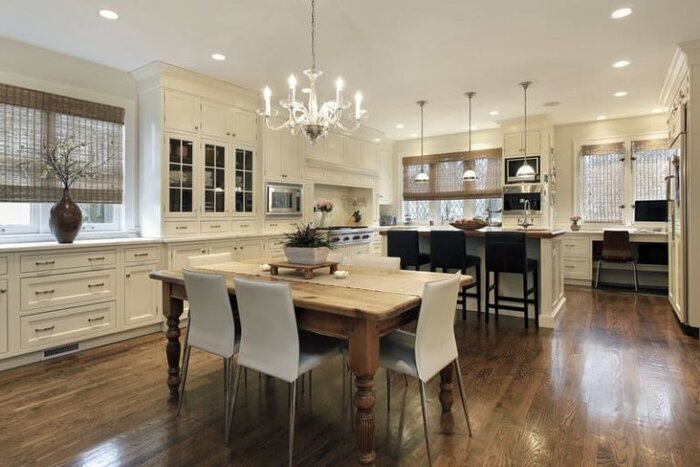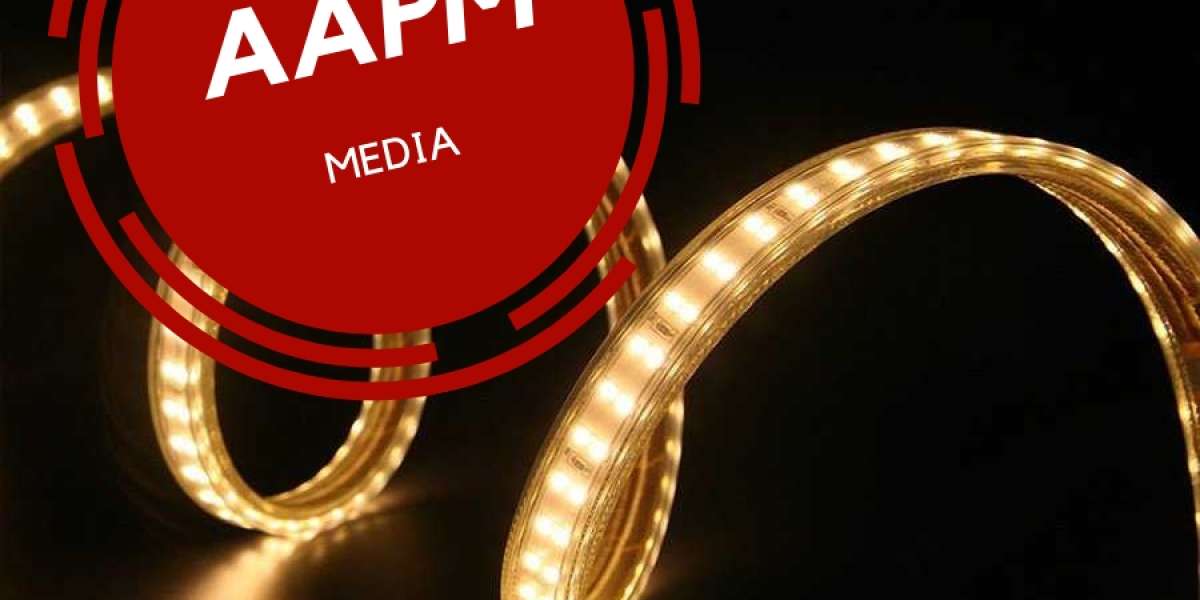
If you're considering replacing the insulation in your home, it's crucial to understand the potential fire risks associated with certain types of insulation when used with recessed lighting fixtures. To keep you and your family safe, it's best to hire licensed contractors who follow building codes. In this article, we'll explore the flammability of different insulation materials and provide you with some frequently asked questions.
Read more: Are there different types of smart LED strip lights?
Insulation Around Recessed Lighting Prevents The Chimney Effect
Recessed lighting fixtures are known for their sleek design and versatility in providing lighting solutions. However, these fixtures can create a chimney effect, causing warm air to escape through the canisters into the walls or attic spaces. This can lead to higher energy consumption and discomfort. Proper insulation around recessed lighting can prevent this issue.
Flammable Insulation Materials and Fire Risks
While recessed lighting fixtures can enhance your home's aesthetics and functionality, they can pose a fire risk if the bulbs overheat. Some insulation materials are more flammable than others. It's essential to be aware of these materials when choosing insulation for your home.
Most Flammable Insulation Materials
Cellulose insulation, also known as loose-fill cellulose insulation, is one of the most flammable options. It consists of small particles made from recycled paper with a fire retardant. While rated to withstand temperatures up to 450°F, older particles or smaller ones can ignite or smolder at lower temperatures. Although cellulose insulation is eco-friendly, it's best to use it in areas away from recessed lighting fixtures.
Read more: Breakdown of strip light facts, Positives and Negatives
Safest Insulation Around Recessed Lighting
Rock wool, also known as mineral wool or mineral slag, is considered the safest and least-flammable insulation option for recessed cans. It is fire-rated for up to 1800°F, making it highly resistant to ignition caused by electrical issues or heated lighting fixtures. Rock wool is more expensive than other eco-friendly alternatives, but it provides excellent fire protection.
The next best options are fiberglass batts or sheets without any paper backing. Fiberglass insulation is affordable and widely used in the United States. However, proper precautions should be taken when handling fiberglass to avoid any health risks.
Read more: What should I do if my smart LED strip lights are not responding to commands?
Avoiding Fire Risks
To minimize fire risks associated with recessed lighting and insulation, consider the following:
Non-IC-rated Fixtures
Non-IC-rated fixtures are compatible with higher-wattage bulbs but pose a higher fire risk when combined with the wrong insulation. If you choose non-IC-rated fixtures, ensure there is at least three inches of space between the fixture and the insulation. Special covers or insulation dams can be used for added protection.
IC-rated Fixtures
IC-rated (insulation contact rating) fixtures are designed to be surrounded by insulation. However, they can only support lower-wattage bulbs to prevent fire risks. IC-rated fixtures are suitable for safety or ambient lighting but may not be bright enough for task lighting.
ICAT Fixtures
For the best fire protection, consider installing ICAT (insulated ceiling air-tight) fixtures. These fixtures are designed to seal internally, eliminating the need for additional insulation. They can come in contact with any insulation material without the risk of fire. Although more expensive, ICAT fixtures provide superior safety.
Bulb Choices
Choosing LED or fluorescent bulbs, which produce less heat compared to incandescent bulbs, can further minimize the risk of fire.
Frequently Asked Questions
What insulation materials are the most flammable for recessed lighting?
- Cellulose insulation is the most flammable material to avoid in proximity to recessed lighting fixtures.
What is the safest insulation material for recessed lighting?
- Rock wool is the safest and least-flammable insulation option for recessed lighting. It offers excellent fire protection.
Can I use cellulose insulation in my home?
- Yes, you can use cellulose insulation in your home, but it is recommended to keep it away from recessed lighting fixtures and use a less flammable material around them.
Are fiberglass batts a safe insulation choice?
- Fiberglass batts without paper backing are considered a safe and affordable insulation option. However, proper handling is necessary to avoid any potential health risks.
If you want to ensure that you're making the safest insulation choices for your household, reach out to Attic Solutions. Their experienced team can provide expert advice and assistance in replacing and installing insulation in Bay Area homes and businesses. Stay safe and make informed decisions when it comes to your insulation and lighting solutions.






